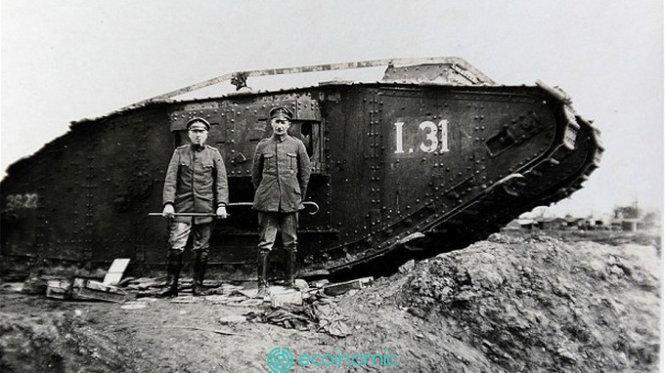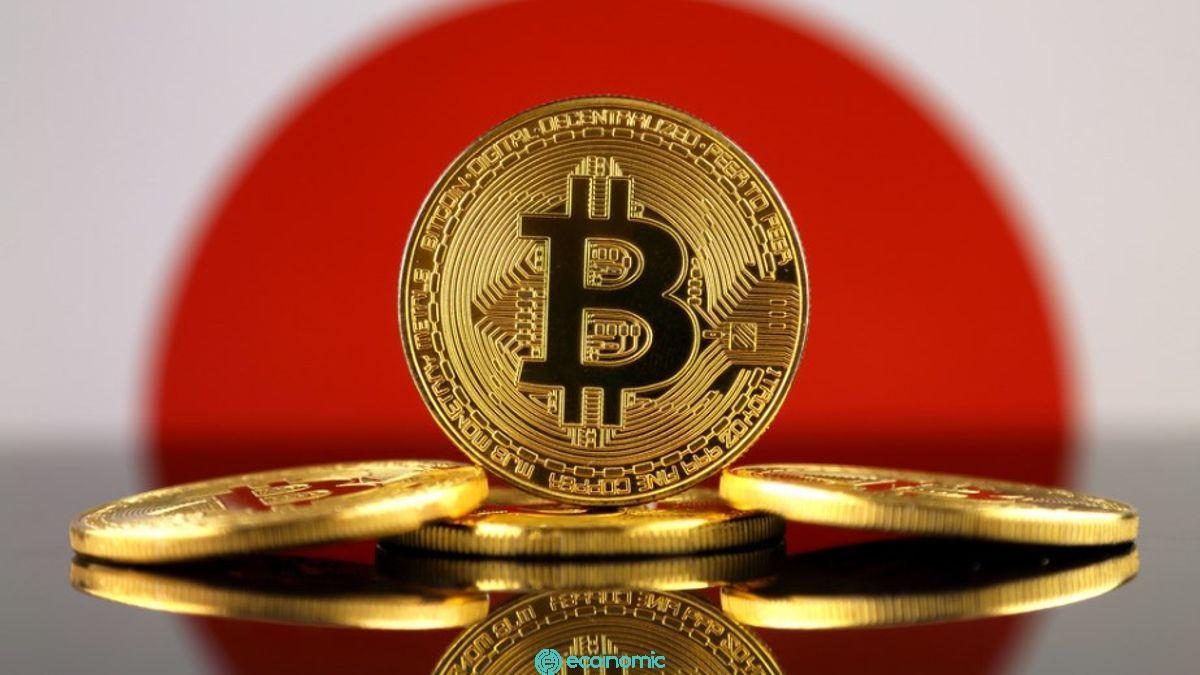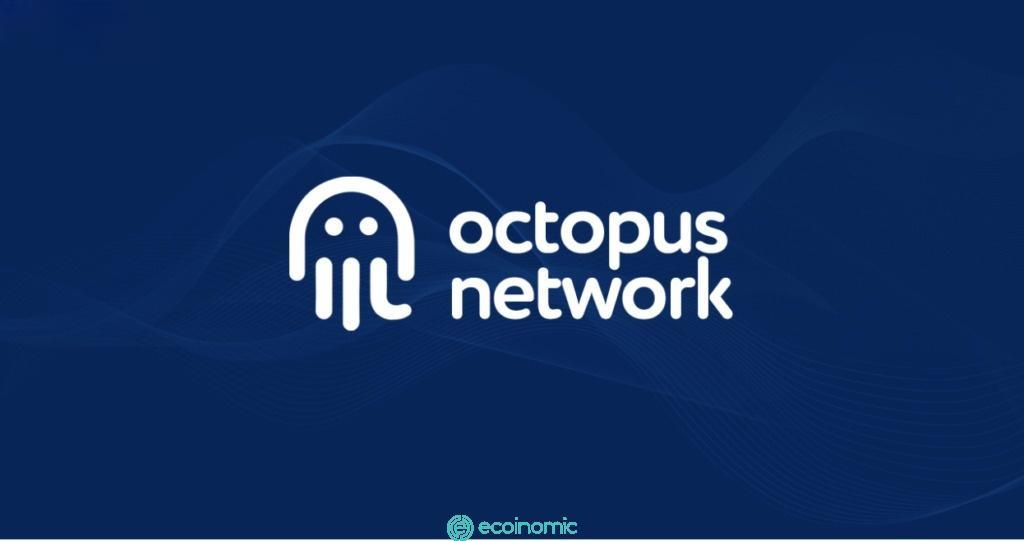Advertisement
Bitcoin’s attributes make it the perfect asset to acquire sovereignty. But this is not only true for individuals. This is an important topic for countries as well as for citizens in a country. On a personal level, Bitcoin’s privacy attributes cannot be censored, and the protection it can provide against a currency – are often considered the most important aspects. For some economies today, especially those that have been victimized for decades or centuries under colonial rule, Bitcoin may represent hope for a new industry that is unregulated but generates direct profits.
The case for U.S. expansion in Central America is an interesting one. In 1813, the Spanish American War of Independence took place. After the French invasion of Spain in 1808, the weakening of the Spanish Empire was an opportunity for Latin American countries to fight back and gain independence. This became a concern for the United States and also provided an opportunity for other European countries, particularly France and Britain, to see the potential to increase their sphere of influence.

However, the United States will not let that happen. Shortly after independence, Central American states began to look to America for protection from south American states and Mexico. Mexico is more aggressive toward Central American countries because Spain has more influence there. From 1822, the United States recognized the independence of these new states, and this caused a series of events:
In 1823, the United States issued the Monroe Doctrine with the message to the world (especially the European colonial states) to leave the Western Hemisphere alone. That same year, the Central American states, following the example of the United States, formed the Federal Republic of Central America , also known as the United Provinces of Central America, where they united to create a republic. However, this Union did not last long because there were many conflicts of interest, positions of opinion, etc.
As the years went by, territorial tensions were growing between the U.S. and Mexico, especially in Texas and California — the U.S. was trying to become a continental nation and reach out into the Pacific Ocean.The British Empire strongly supported Mexico (Britain was the first European power to recognize its sovereignty), and this relationship further increased existing tensions.This tension eventually led the United States to make its first appearance in Central America, during the Mexican-American War.
The end of the American Civil War ended slavery for the United States, and this required a change in the United States’ approach to the rest of the world.They began to approach foreign investment.As Walter LaFeber discusses in his book, “Force Majeure Revolutions,” in the 1890s, the United States was investing in banana and coffee plantations, railroad construction, gold and silver mines, and a few years later utilities and securities. LaFeber noted that at the beginning of the First World War, North Americans built the main institutions of production to depend on trade and even the economic survival of a Central American country.Between 1897 and 1908, American investments in Central America rose sharply from $21 million to $41 million, and by the time of the First World War, the number had reached $41 million. Instead of stocks, which the government and Britons favored, more than 90% were engaged in direct business activities such as farming and mining. From 1897 to 1914, U.S. railroad shares in Guatemala were worth $30 million, roughly equal to London’s $40 million.
A large portion of the Central American economy is built and geared solely toward U.S. exports.Let’s take a look at some of the numbers for each country, compiled by LaFeber in his book:
- Costa Rica: In 1929, Costa Rica exported $18 million worth of goods, of which $12 million was coffee and $5 million was bananas.United Fruit is undoubtedly the country’s leading conglomerate, and U.S. investment in Costa Rica has almost caught up with British investment.Railroads, mines, cables, and oil concessions are all under North American sovereignty.
- Nicaragua: Bananas and coffee accounted for $2 million and $6 million of Nicaragua’s $11 million in exports, respectively.United Fruit and Atlantic Fruit each claimed ownership of 300,000 acres in Nicaragua.Major mines, railroads, the timber industry, and financial institutions are owned or managed by North Americans.
- El Salvador: Coffee and sugar accounted for $17 million of El Salvador’s $18 million in exports. El Salvador’s most important domestic financial institution is owned by San Francisco interests, its transportation infrastructure depends on North American capital, and New York banks handle their bonds instead of British banks.
- Honduras: Bananas account for $21 million of Honduras’ $25 million in exports. In Honduras, the train network, ports, and virtually all of the land used to grow bananas and rubber are under the control of United Fruit and its affiliates. The largest silver mine is also owned by North Americans.
- Guatemala: $19 million of Guatemala’s $25 million exports are coffee, while $3 million is bananas. In Guatemala, they (especially United Fruit) completely control all railways except a few kilometers, 1/5 of the country’s territory, leading banks, some important enterprises and the largest utility company (American and Foreign Power are owned by General Electric).
Central America as a whole will face havoc if coffee and banana prices fall dramatically in global markets. Because they have gained so much power in Central America. This is something that has happened many times when the United States has been involved in other international conflicts, especially the First World War and the Second World War. Central American industries were devastated, plunging millions into poverty because during the war, these countries no longer needed coffee and bananas. This has pushed local governments to take on more debt (borrowing from the US) and become even more dependent on the US, essentially enslaving them.
Roosevelt declared in 1905 that the United States would henceforth act as a policeman to maintain order in the Western Hemisphere, at which stage the president of the United States was to intervene according to whatever criteria they set. These reasons included securing investments, protecting the canal, acting as a “guardian of nature” and replacing the increasingly small British presence. This opened the door for the U.S. to send its troops into the region without any other power able to stop them. Anyway, at that time, more serious problems were starting to flare up in Europe, with the First World War just beginning…

In order to protect the resources that the United States has acquired in Central America through the acquisition of companies by nations, the U.S. government has had to strengthen its political influence in the region. This is how a century ago the U.S. military has engaged in, politically engaged, manipulated, created, and funded gangs.
Make no mistake in thinking that they don’t use the same influence at the moment. Laura Jane Richardson is a general in the United States Army who is the commander of the United States Southern Command. She recently said the following, talking about Latin America:
“This area is very resource rich. And they have a lot to be proud of. And our adversaries and adversaries know how rich the region is. 60% of the world’s lithium is in this region. It has heavy metals, light metals and rare elements. It has the Amazon, which is known as the lungs of the world, it has 31% of the world’s fresh water in this region. And there are enemies who are taking advantage of this area every day – right in our neighborhood. And I’m just looking at what’s happening in this region in terms of security impacting our security, our national security at home and the United States.
Max Keizer pointed out the general’s “artificiality” in the recent “Max &Stacey Report,” referring to her words as a ploy to bring these countries closer and repeat what the U.S. has done in the past — take control of their resources: “What about the CIA Strike Squad sent to El Salvador in the 1980s? What about coups in Central America and Latin America for decades?[…] She went on to say that we just want to be your friends, we are friendly, we are partners, trust us, you know we are always your friends, we are always here for you and it is such things that lie seriously. “
Bitcoin is an asset protection system that does not require force. If resource-rich countries in Central America and Latin America can effectively harness Bitcoin’s potential, countries in this region have the opportunity to build a strong, independent and modern industry that cannot be taken away and can secure their sovereignty. It could allow these countries to secure a source of income, paid directly in a currency that can be instantly transferred around the world to trade with any country, beyond the confines of a powerful country like the United States that would enslave them to take advantage of economic opportunities.
El Salvador is trying to lead the way by unlocking its natural resources to power Bitcoin miners. This brings a strong new industry that benefits financially, but could also allow the country to produce an energy surplus. In fact, it’s happening: “CEL President Daniel Lvarez confirmed that the country exported 595,537.2 megawatt hours (MWh) between January and July of this year, 390,580.52 MWh higher than the previous year’s total of 204,959.68.”
Abundant energy is a proven way to bring prosperity to El Salvador. if developed in this direction, it could become one of the fastest growing countries in the world.
See also: Top 10 Coins That Fluctuate Sharply After Fed Raises Interest Rates, Trends $XRP
















